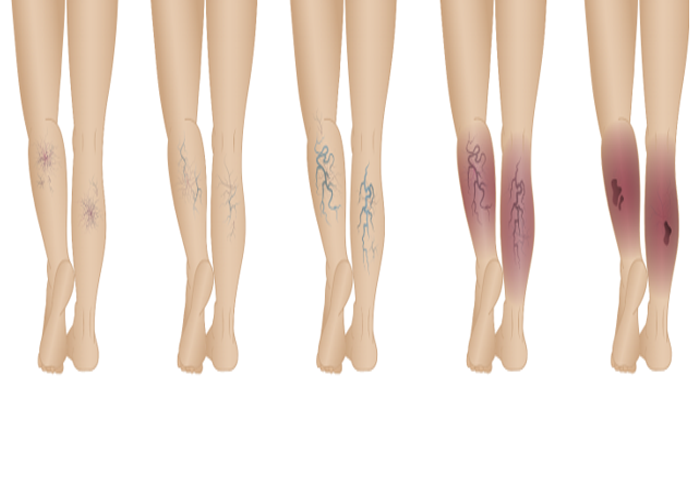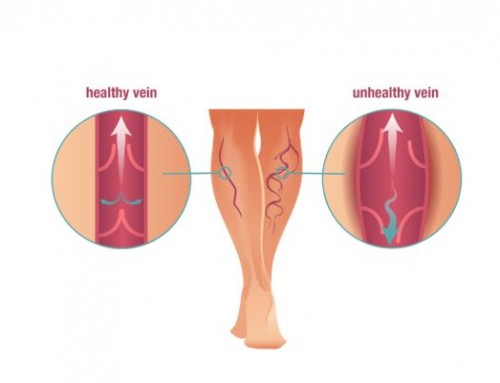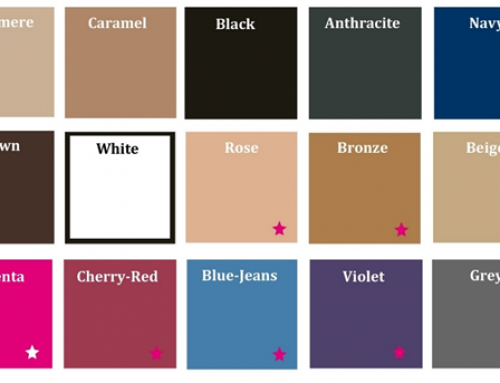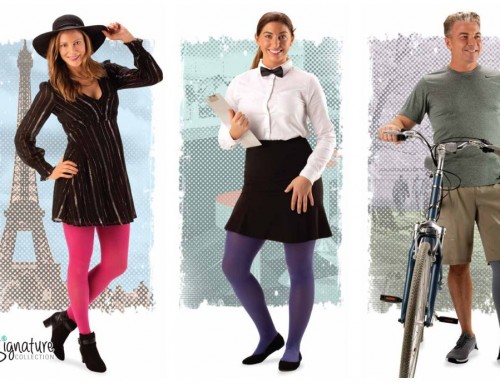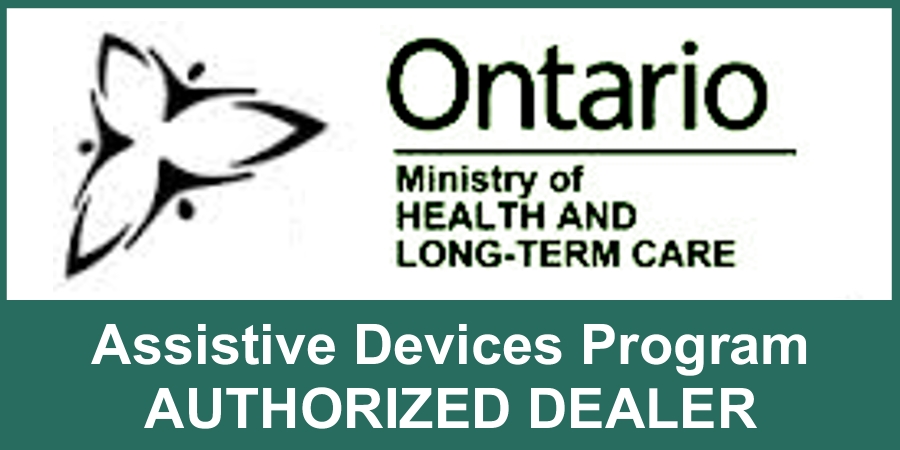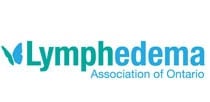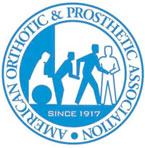Vascular Issues And Compression Therapy
Veins are thin-walled structures inside of which a set of valves keeps blood in the body flowing in one direction. The heart pumps oxygen-rich blood to the body’s tissues through thicker-walled arteries; the veins return that blood to the heart.
Damaged vein walls hinder the circulatory system, allowing blood to pull and flow backward when the muscles relax. This creates an unusually high pressure buildup in the veins. This buildup causes further stretching and twisting of the veins, increased swelling, more valve incompetence, sluggish blood flow and potential blood clot formation. Eventually, this condition can lead to various disorders known as venous disease.
There are many different factors which can lead to disruption of the normal function of the veins. Vascular issues mainly have a genetic cause or arise as a result of an age-related loss of elasticity in the vein walls. Other factors, such as pregnancy, lack of exercise and activities, which predominantly involve sitting or standing, can promote the development of vascular disease.
However, whatever the cause, vein-relates leg issues are always the visible or tangible symptom of imbalance between arterial flow and venous back flow.
Compression garments are made of compressive fabrics that exerts a pressure on the leg, and thereby also on veins. This reduces the diameter of the veins, thus enabling the damaged venous valves to close again. This process helps increase circulation.
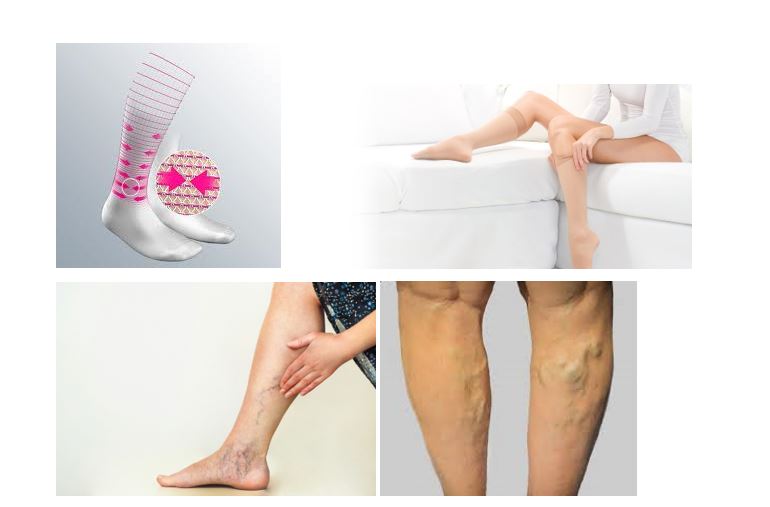
Varicose Veins – often a hereditary disease or a consequence of prolonged pressure on venous system. Visible, distended, twisted veins. 90% of varicose veins occur in legs.
Usually, in this stage a moderate compression level products are recommended.
Moderate (20-30mmHg) compression application is used for:
- varicose veins
- leg swelling during pregnancy
- after varicose vein treatment of sclerosis or operations
- for long-term treatment of healed leg ulcers
- therapeutic treatment of scars
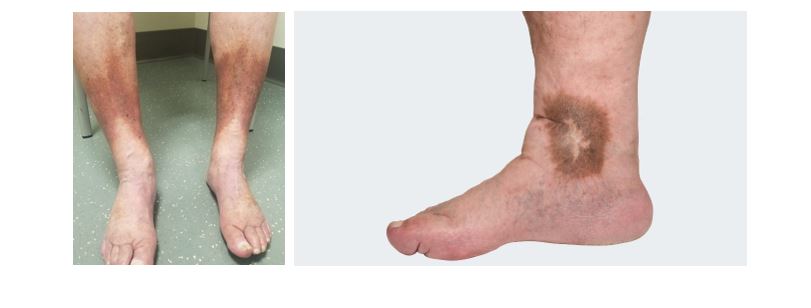
Chronic Venous Insufficiency – failure of the circulatory system. It occurs a result of established varices or after a vein blockage (thrombosis) caused by a blood clot. The first symptoms are pains and feeling of tightness and heaviness. The higher pressure in the veins leads to increased flow of fluid into the tissues from the blood capillaries causing swelling (edema).
Firm compression level products are recommended at this stage.
Firm (30-40mmHg) copression application is used for:
- varicose veins accompanied by damage to the deep leg vein
- after healing of venous ulcers
- when a severe swelling tendency exists
- chronic venous insufficiency
- severe propensity for edema formation
- chronic venous insufficiency
- severe propensity for edema formation

Leg ulcers are a consequence of chronic venous disease. The accumulation of fluid prevents the exchange of oxygen between the red blood cells and recipient cells, which in turn leads to tissue damage and destruction of cells. A visible symptom is the formation of an ulcer on the lower leg.
Compression therapy in treatment after a healed ulcer includes the application of firm (30-40mmHg) compression level. In case of severe or active venous ulcers, strong (40-50mmHg) compression level is recommended.

Thrombophlebitis or inflammation of the vein walls. The symptoms are distinct reddening of the skin and severe pressure pain in affected area.
Depending on the severity of the issue Moderate (20-30mmHg) or Firm (30-40mmHg) compression is applied to the legs.


